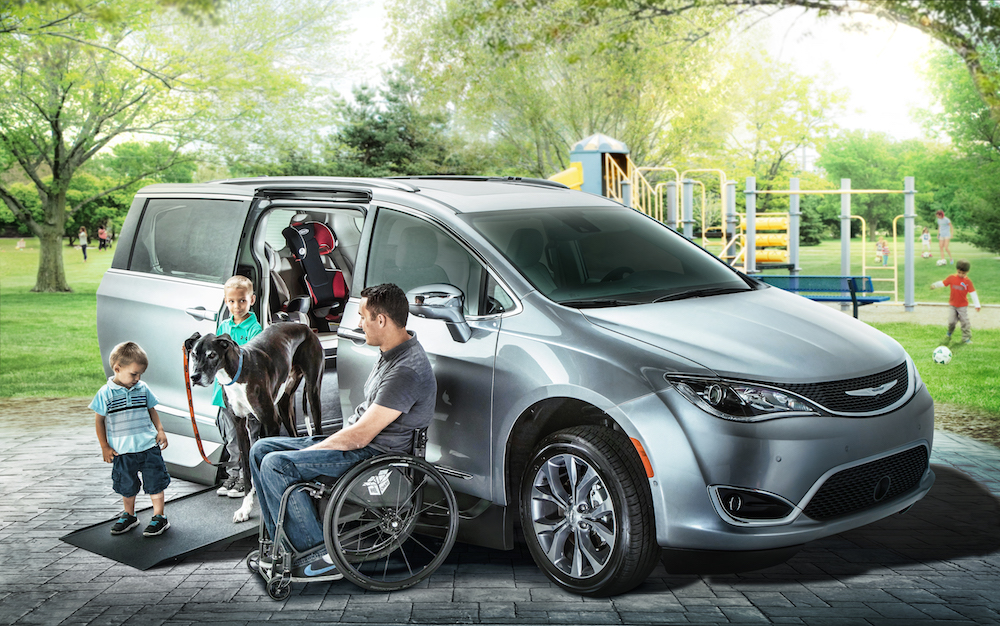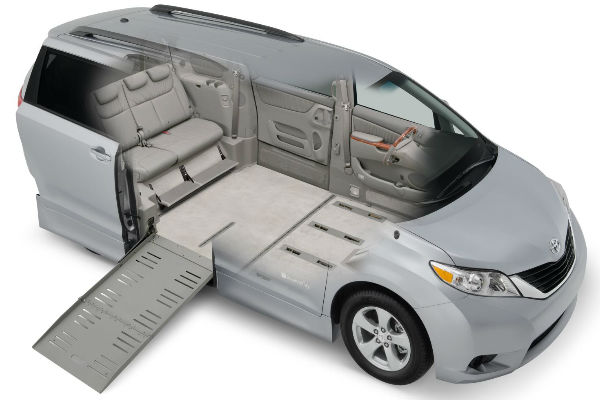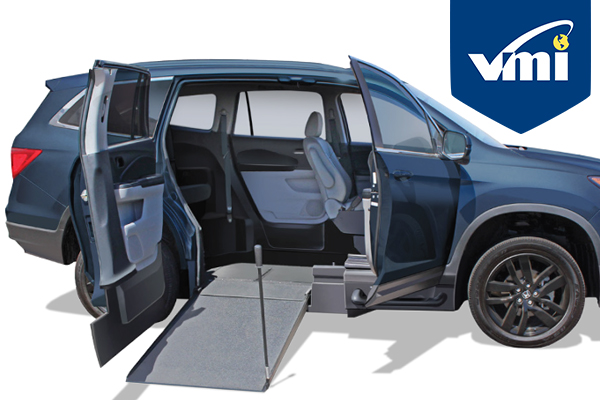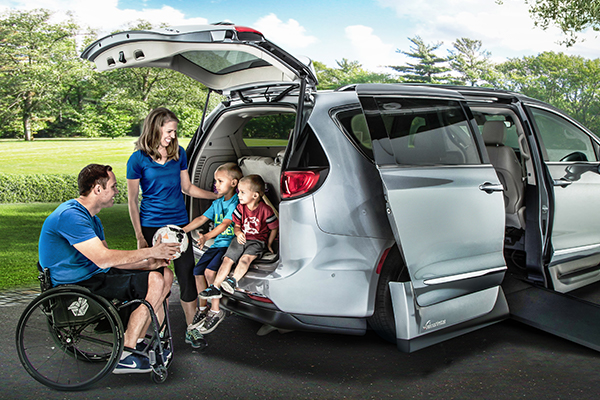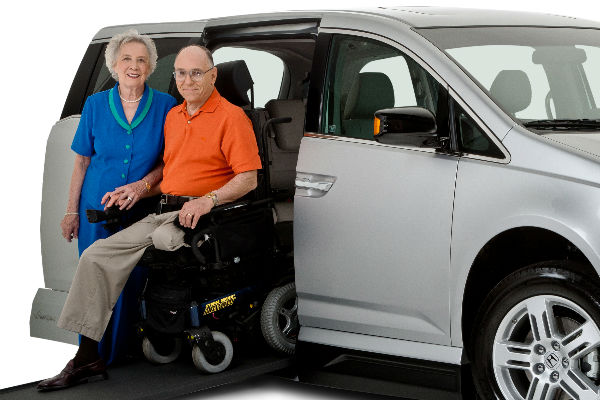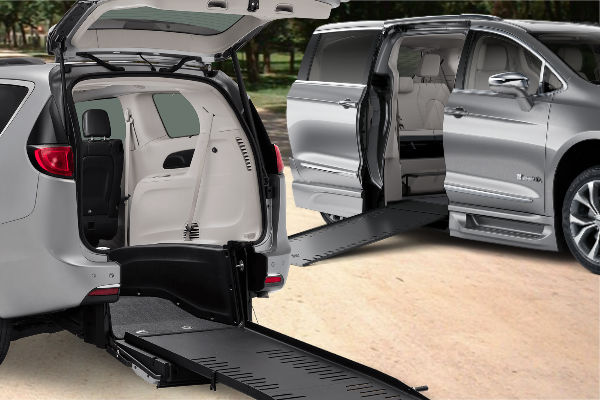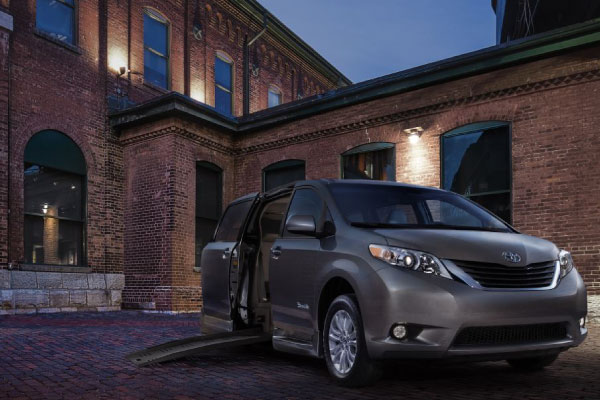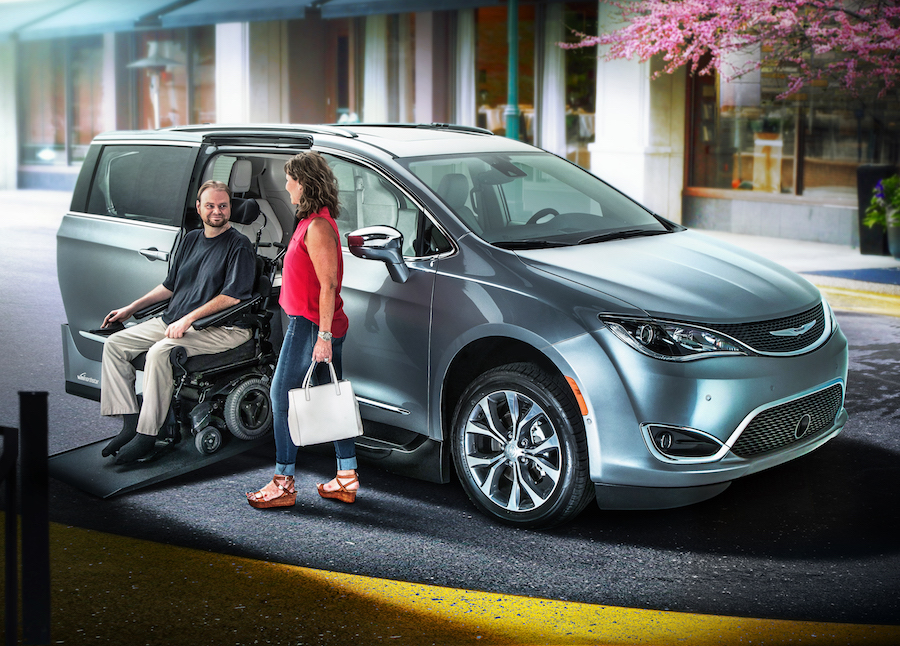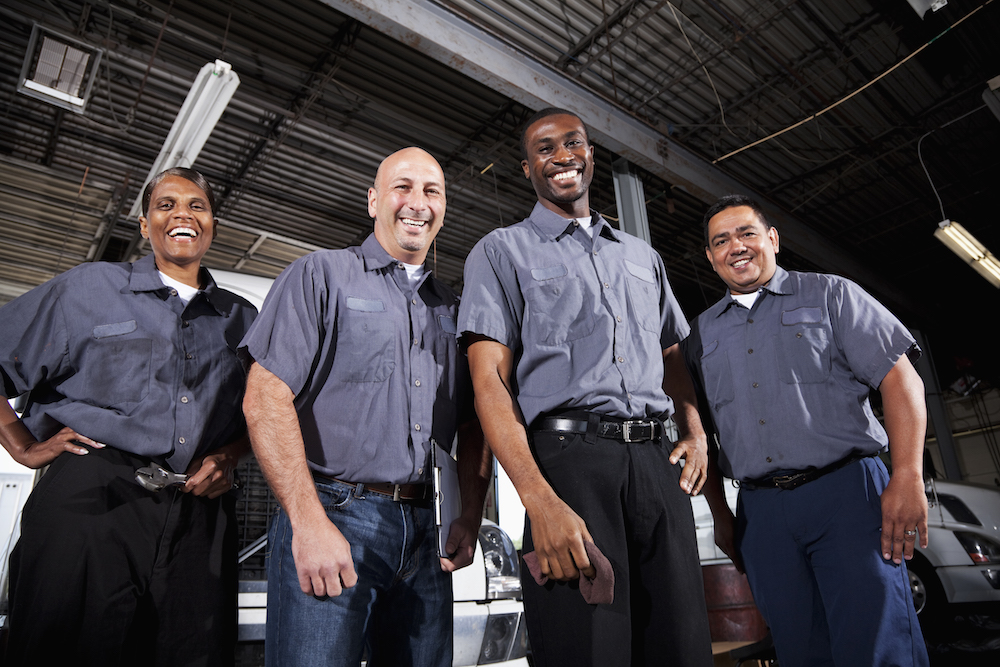Retrofitting vs. Factory-Built: Which Is the Better Option for Wheelchair Vans?
Introduction
When it comes to choosing a wheelchair van, one of the primary decisions is whether to opt for a retrofitting solution or a factory-built model. Both options have their unique advantages and challenges. In this blog, we dive deep into the world of wheelchair vans, comparing retrofitting and factory-built options on various fronts such as cost, customization, and impact on warranties.
Retrofitting Existing Vehicles
Pros
- Flexibility in Vehicle Choice: Retrofitting allows for a wide range of vehicle models to be converted into wheelchair accessible vans (WAVs), offering flexibility in terms of size, brand, and style.
- Cost-Effectiveness: Often, retrofitting can be more cost-effective, especially if you already own a vehicle that can be modified.
Cons
- Warranty Concerns: Modifications can sometimes void the manufacturer's warranty, leading to potential issues down the line.
- Potential for Less Optimal Design: Retrofitting involves altering an existing structure, which might not always yield the most optimal design for accessibility needs.
Factory-Built Wheelchair Vans
Pros
- Designed for Accessibility: These vans are built from the ground up with wheelchair accessibility in mind, often providing a more seamless and functional design.
- Retained Warranty: Factory-built models usually come with a full warranty, offering peace of mind regarding repairs and maintenance.
Cons
- Higher Cost: Factory-built wheelchair vans can be more expensive upfront compared to retrofitting an existing vehicle.
- Limited Models: The choice of models might be limited compared to the vast array of vehicles available for retrofitting.
Cost Considerations, Customization Options, and Impact on Vehicle Warranties
When it comes to cost, retrofitting an existing vehicle can be a more budget-friendly option. However, it's crucial to consider the long-term maintenance costs, which could be higher if the retrofitting affects the vehicle's original engineering.
Retrofitting offers the advantage of customizing a vehicle to meet specific needs. On the other hand, factory-built vans are designed with general accessibility features, which might not cater to individual customization requirements.
A significant concern with retrofitting is the potential impact on the vehicle's original warranty. Factory-built models, however, typically come with warranties that cover the entire vehicle, including its accessibility features.
Conclusion
The decision between retrofitting and opting for a factory-built wheelchair van depends on individual priorities. If budget and customization are your primary concerns, retrofitting could be the way to go. However, if you prioritize reliability, a seamless design, and warranty assurance, a factory-built model might be a better fit.
Remember to consider your specific needs, consult with mobility experts, and weigh the pros and cons before making this important decision. Whichever path you choose, the goal is to ensure mobility, independence, and safety in your travels.




































